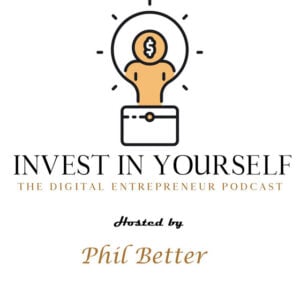Angry Truck Driver Thinking
I was sitting at my table working at home during quarantine, near a window that looks out over a road. The road I lived on at the time was a cut through to a bigger highway that traverses New Hampshire. Trucks sometimes use the road though it does have restrictions on weight and size. That day, while I was looking out the window, a very large truck came up the hill and turned the corner. It had markings on it that were unusual for traffic going through here. The truck stopped, then turned down a side street across the road from me. It was too large to take the turn. I watched as the driver attempted to maneuver back and forth to make the turn, blocking the road, brakes and engine squealing. He drove over my neighbors yard then hit another neighbors mailbox. Then there was trouble. My neighbor came out with her camera, yelling at the driver, the driver swearing back at her, the police called and showing up in two squad cars.
I asked myself, in all we are facing right now with the coronavirus and social isolation, why all this anger and frustration? What was that trucker trying to do? I continued to watch as he maneuvered until he turned around. He had been going the wrong way, possibly even following the road restrictions that he possibly unintentionally found himself violating. He tried to turn around, then bumped up into other people’s territory.
For me, the sad part was when he hit the mailbox, the conversation was not about “Where are you going?”, “Do you need help?”, or “I’m so sorry I hit your mailbox, what can I do to make it right?”. In the conflict, both parties were reacting emotionally, stuck in their primitive brains. Daniel J. Seigel, author of many awesome books on brain science, calls this the “downstairs brain”.
In that state, my neighbors didn’t access tools of creativity, compassion, or respect. They chose to call an outside source, the police, to solve the problem and get justice.
What could have gone differently? The questions; “Where are you trying to go? How can I help you?” could have led to the trucker turning down the side road he was trying to use as a turn around, and looping around that neighborhood to reverse his direction. Easy! Yet so often, this is not our natural response.
How does this story apply to you? Metaphorically, in your life, you are the driver of the truck. The truck is delivering something essential, your dream, your talents, your desires. Up until this time of the pandemic, confusion and the world as we knew it changing drastically, you were on a course that you believed would take you where you want to go. Then you realize, rules are in place that keep you from going on that road. You have to stop and change direction. All you see is difficulty and challenge in finding a way to reach the destination, to make your delivery to the world, to live your dream. Your nervous system is charged up, in fight or flight mode. You bump up against other people in the same situation and there is conflict and chaos. You are angry and want justice and someone to rescue you from the circumstance. These thoughts and feelings are so loud and screaming that you are not able to hear the still small voice inside of you, asking “Where are you going?”; “What do you need?”; “How can I help”; and telling you “There is another way that is easier”.
Listening to this still small voice is not your natural and first response. It takes intention and practice to use our “upstairs brain”.The important thing is to notice when you are in the angry truck driver mode. Then pause and do something to calm your nervous system to get your thinking out of your “downstairs”, reactive brain to access higher levels of thinking and your mental capacities that will lead you to answers that are better, easier, and will help you more peacefully navigate conflict with others.
You have an important and essential delivery to make which is living your unique dream. Running into roadblocks or finding you were going the wrong direction can lead you to finding a way that is better and easier, and more in harmony with the world around you.
Here are 3 thinking strategies that will help you navigate out of your reactive mode to helping you access higher levels of thinking and awareness:
- Notice your state, your emotions. What are you feeling?
- Pause and breathe
- Ask yourself a creative question, knowing there is an answer to every question and believing it can be easier than what I currently think.
Examples of creative questions:
Start with “How can I…?”;
“What is a better way?”;
“What do I need right now?” or
“What does this person need right now?”
Life is framed and guided by the questions we ask. We can ask ourselves questions that lead us to growth, creativity and abundance, or we can stay stuck in thinking patterns that keep us constricted, in confusion and conflict. You do not always choose your circumstances. But you always choose how you respond to them. You can choose consciously, by using this process, or unconsciously, by reacting in default mode.
The facts are, our world is changing. And the truth is this:
Your dream is safe.
The way to deliver your dream may be changing.
You can find a new way that is easier, will get you to your destination, and will be in harmony with others.
As a transformational life and family coach, I can help you find your way, navigate life challenges, learn to hear your still small voice, use your creativity and have the courage to live your unique dream.
Contact me to learn more!





